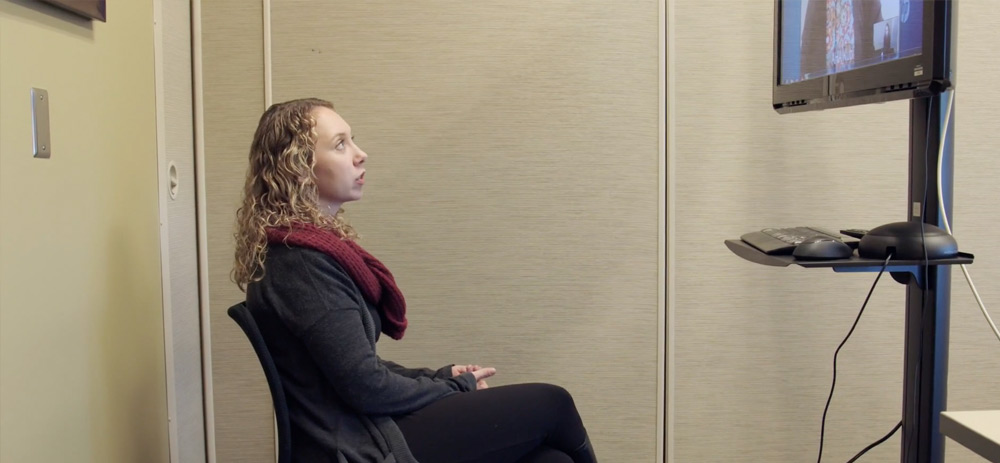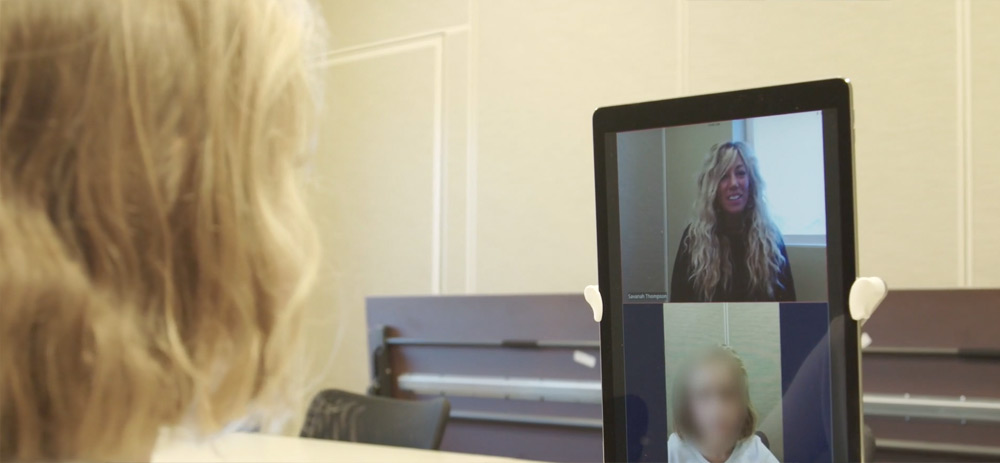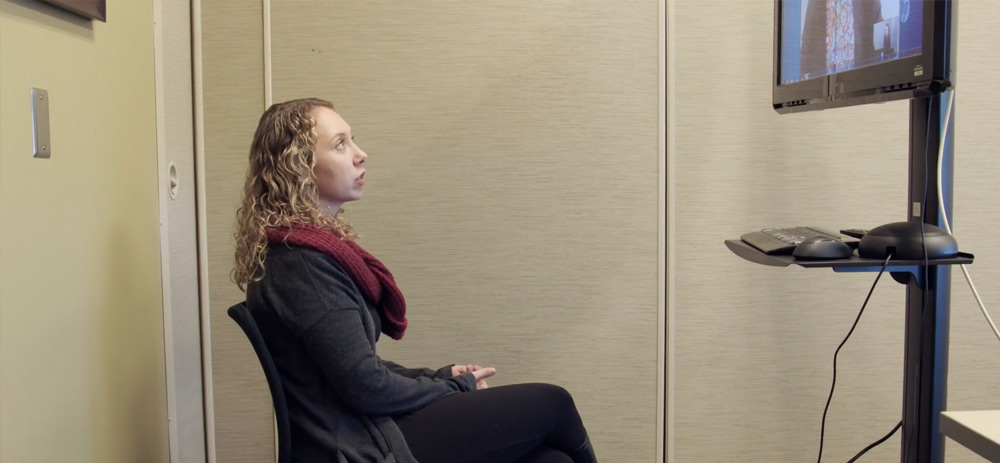There’s no denying the social stigma associated with behavioral health. It affects how we perceive mental illness or addiction and those affected by it. Every year one in five adults is diagnosed with mental health disorders. Yet the stigma remains, preventing individuals from seeking the care they need. In fact, in a given year, nearly 60% of Americans affected by mental illness do not receive mental health services.

A health care bill recently released by Senate Republicans could up the uncertainty regarding behavioral health in the U.S. This bill proposes huge cuts to Medicaid, which will “[result] in fewer people having access to insurance … and less coverage for essential behavioral health care,” says Dr. Saul Levin, CEO and medical director of the American Psychiatric Association.
This is the hard truth – more than half of the people living with a mental health disorder do not receive quality care. The outcome? Higher mortality and disability rates associated with leading causes of death in America, like depression and suicide. Fortunately, there’s been a recent positive change in how we think about mental health, and a push for shifting the model for care delivery.
Many providers now use telemedicine to expand access to qualified psychologists and therapists to more patients, while increasing efficiency. For one Vidyo customer, the average cost-per-discharge for behavioral health emergencies decreased by about 59% through the use of telemedicine instead of in-person care. Another Vidyo customer reports a 20% reduction in length of stay (LOS), saving tens of millions of dollars per year.
Early-stage startups also leverage telemedicine. Level Therapy created a mobile app using the Vidyo.io developer platform to combat these challenges. People who are affected by the social stigma of mental illness can feel like treatment isn’t needed, as their disorders are devalued by society. Level Therapy lets people privately connect face-to-face with mental health professionals over video from the comfort of home — or while on-the-go.

14% of Americans live in rural America. That’s roughly 46 million people living in areas where access to behavioral health care services is shockingly limited. The availability of proper care is already limited, adding to the weight of social stigma preventing them from seeking care.
The Arrowhead Health Alliance (AHA), a Vidyo customer and partner of the Minnesota Department of Human Services, provides better access to quality behavioral health services across a vast, rural region of Minnesota covering 20,000 square miles. It is the first community-based organization to deliver mental health care, and it improves population health outcomes with its telehealth services. The Minnesota DHS already has over 3,000 Vidyo user accounts on their network.
The AHA wants to amplify the conversation about behavioral health, and combat the stigma. It acknowledges that emotional health affects physical health. Amanda Radtke, a psychotherapist with the AHA, says “teletherapy allows us to connect with clients who would not otherwise be able to access mental health services.”
Startups like Level Therapy and initiatives like the AHA get us closer to fixing a devastating national problem. Telemedicine breaks barriers like location and cost, and will play an increasingly active role in delivering quality care to more people in more places with behavioral health challenges.
